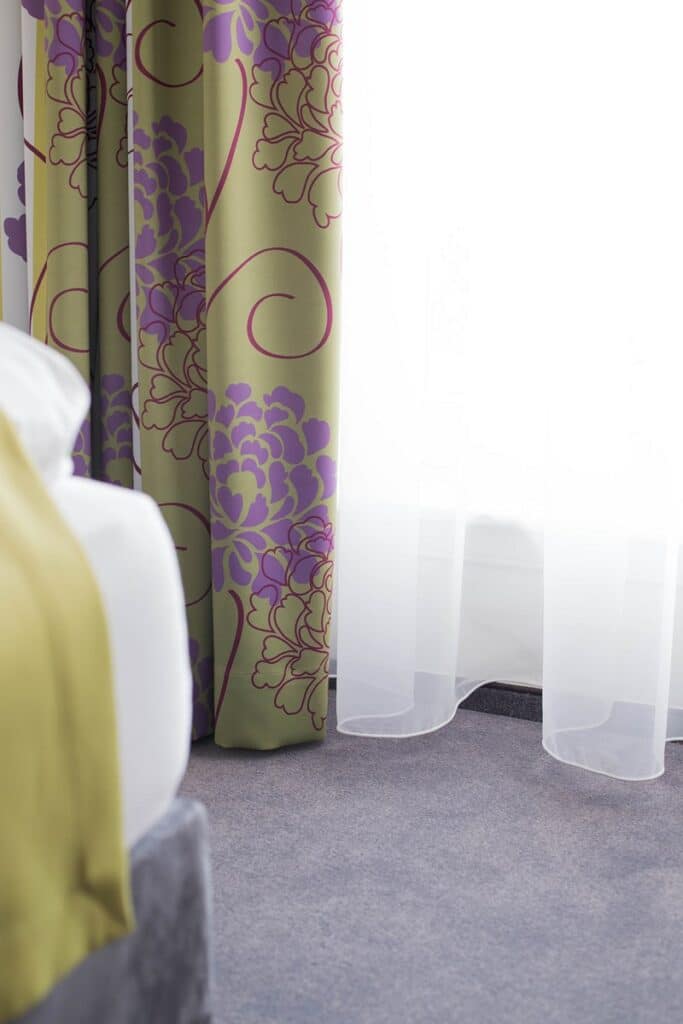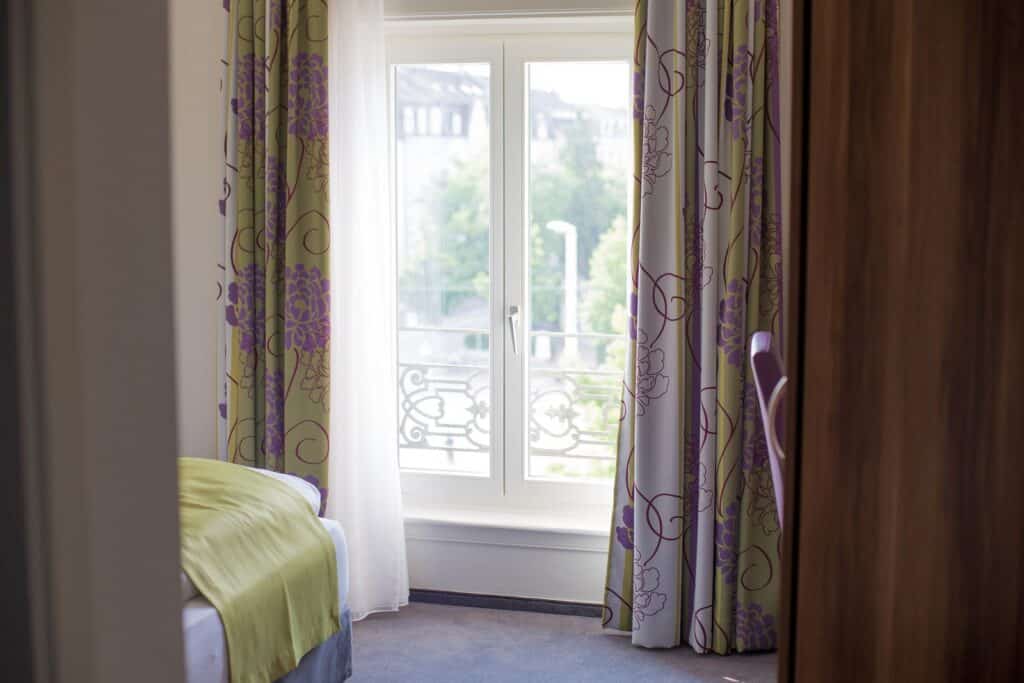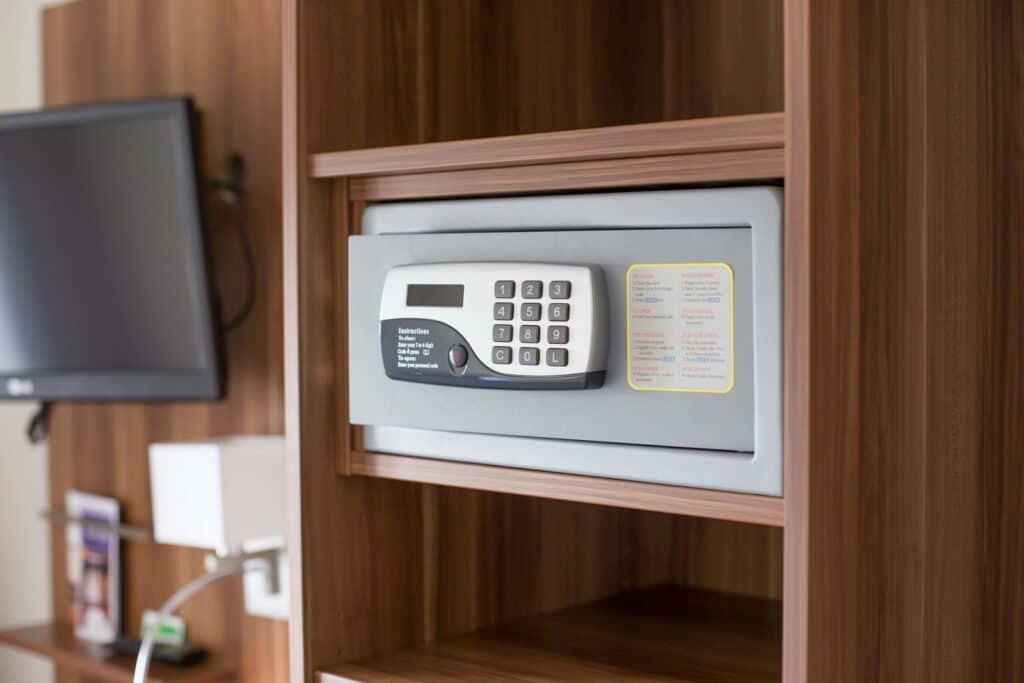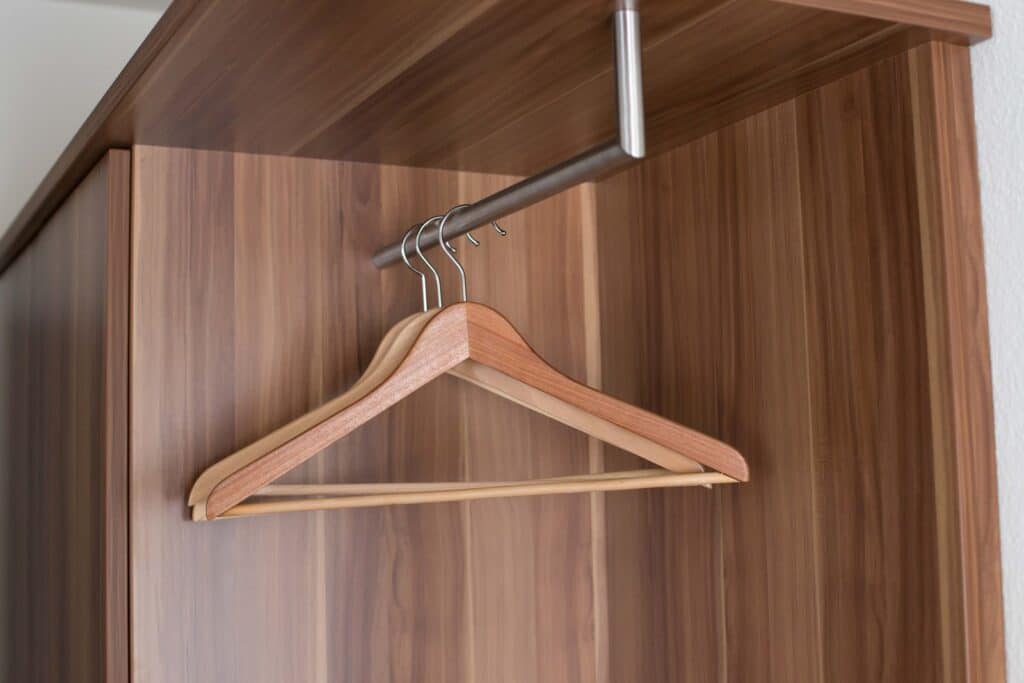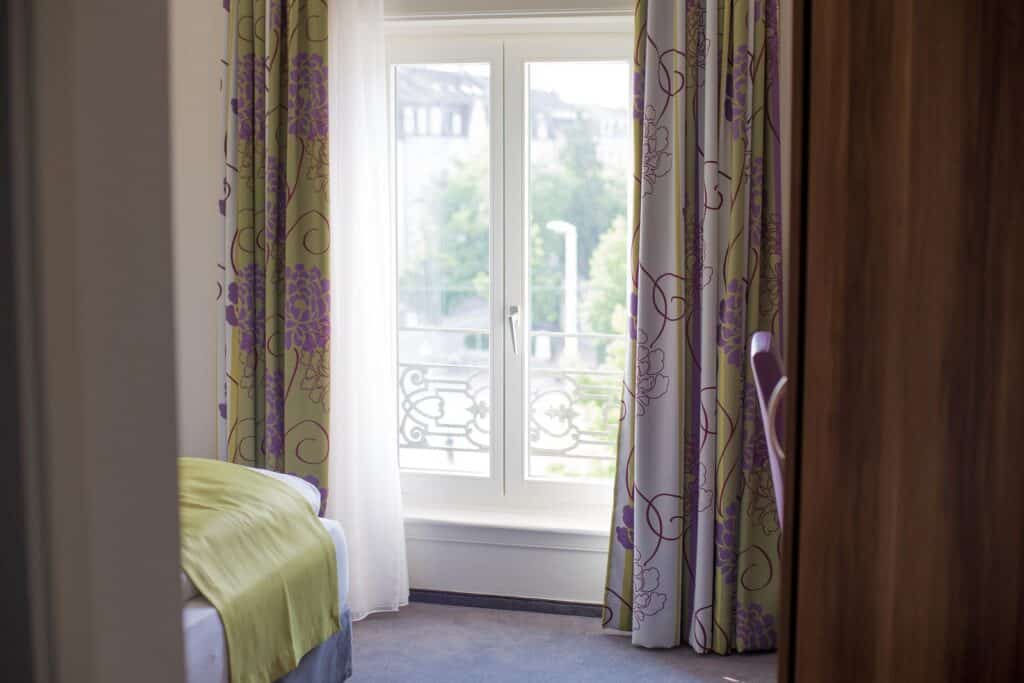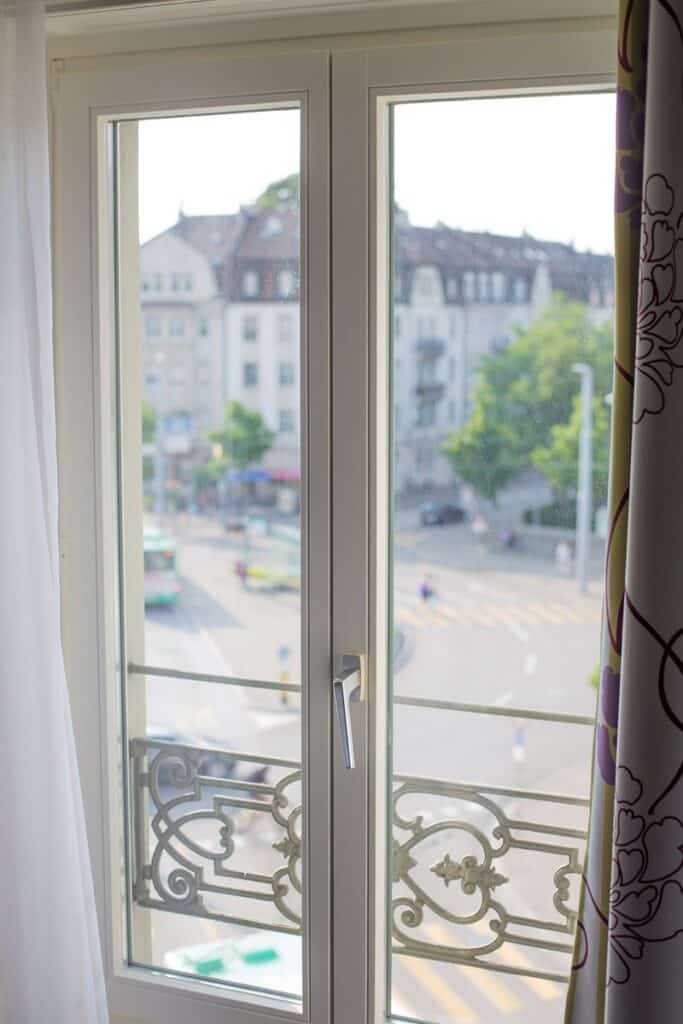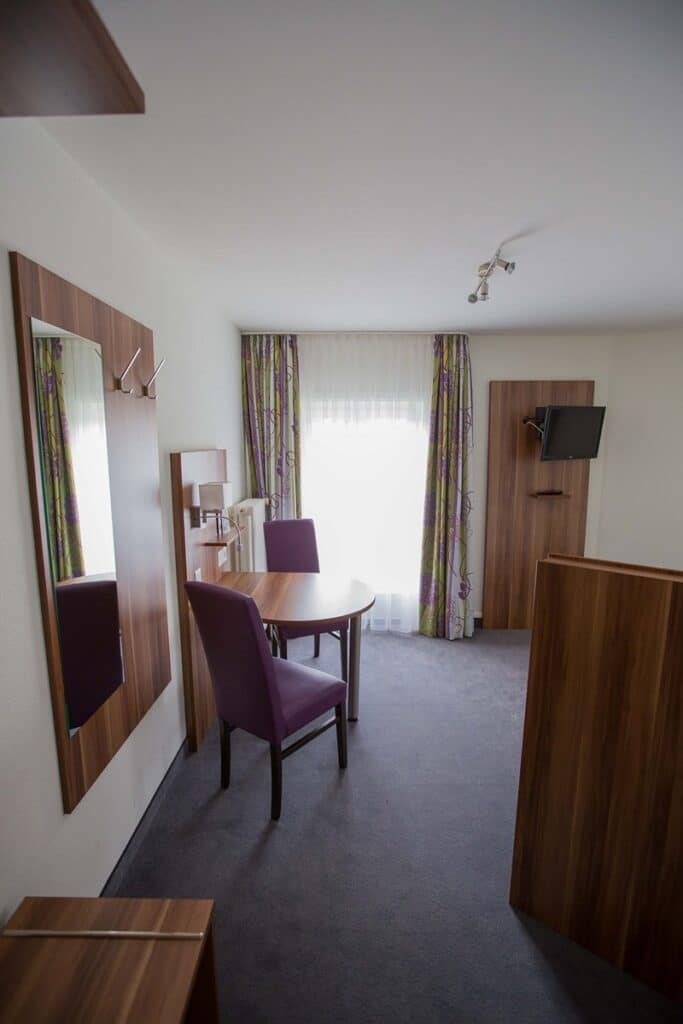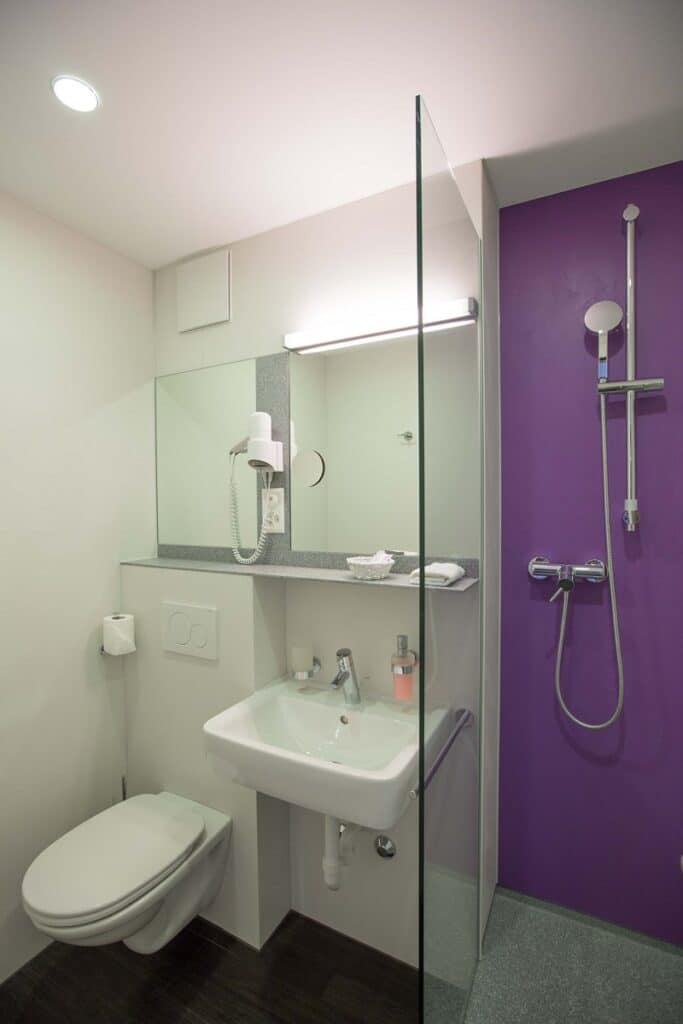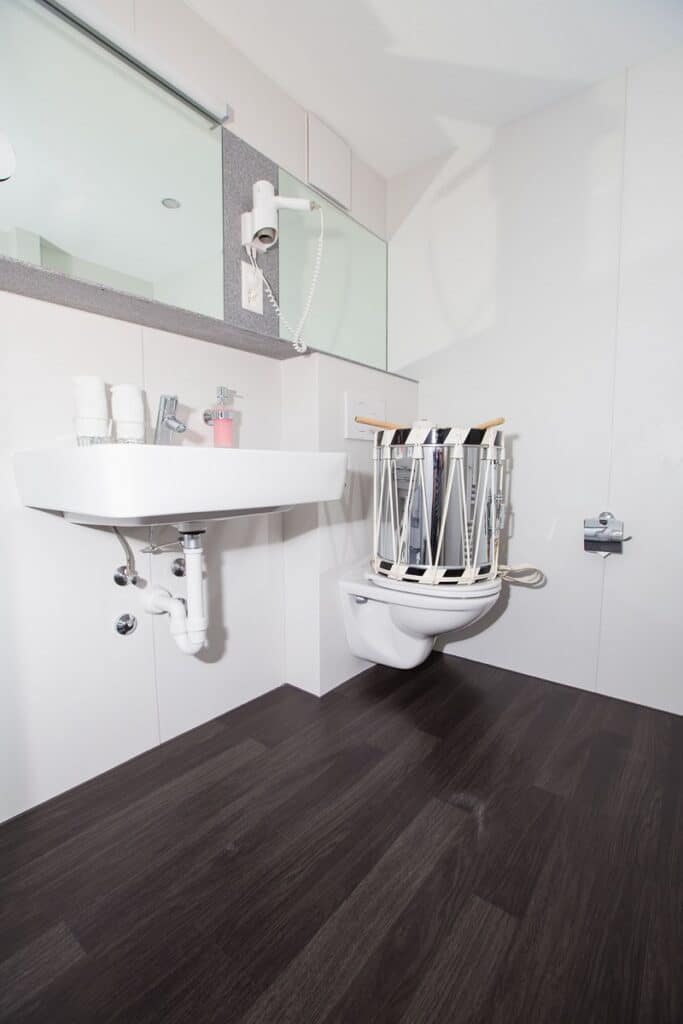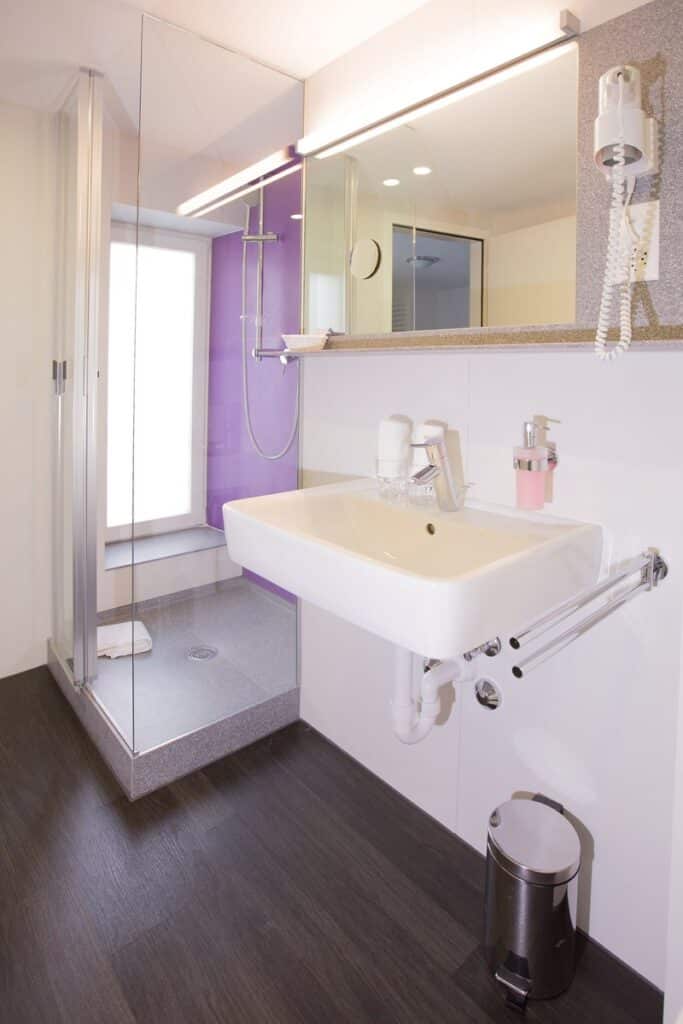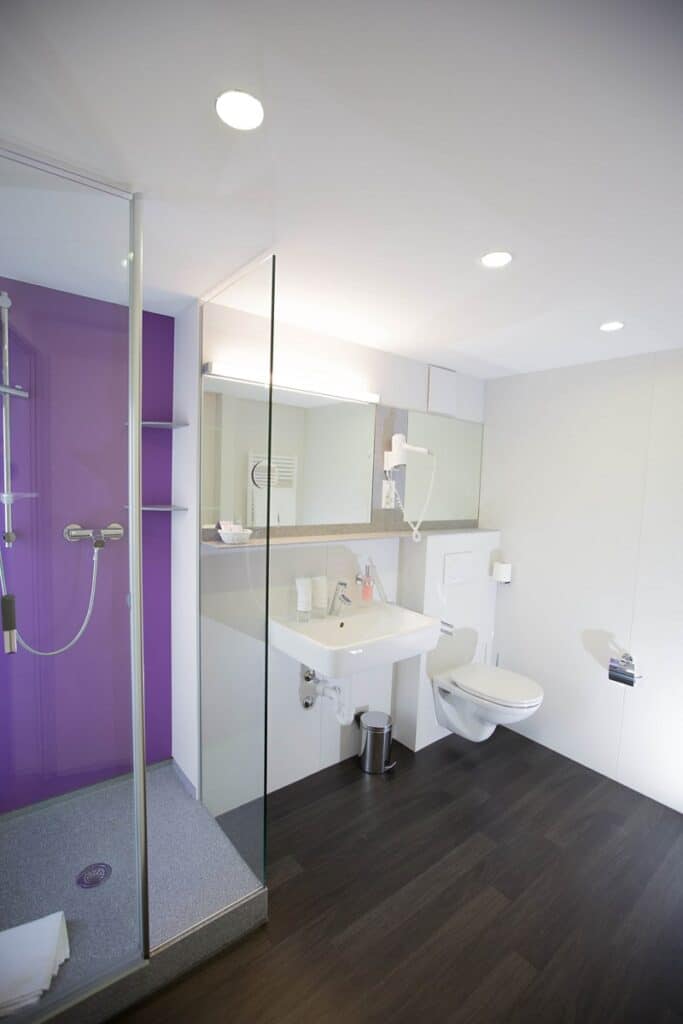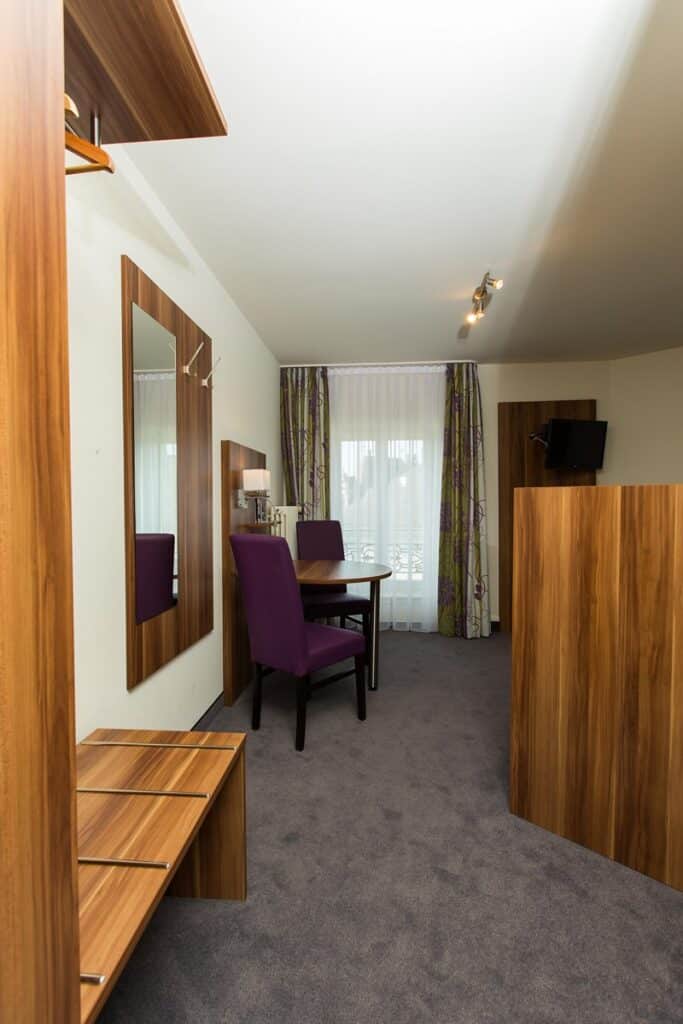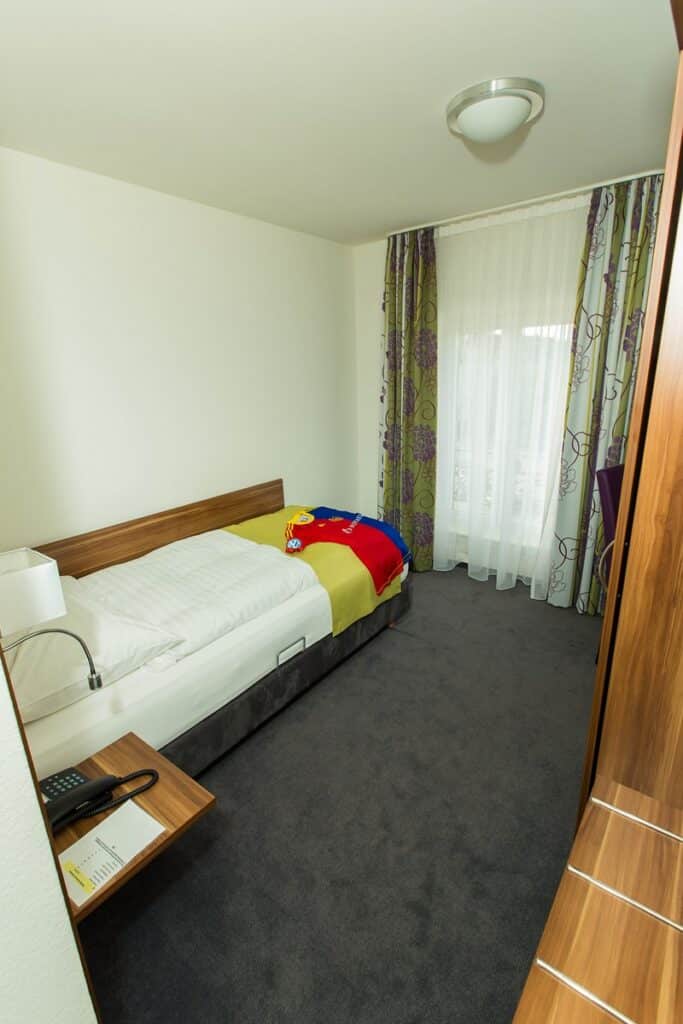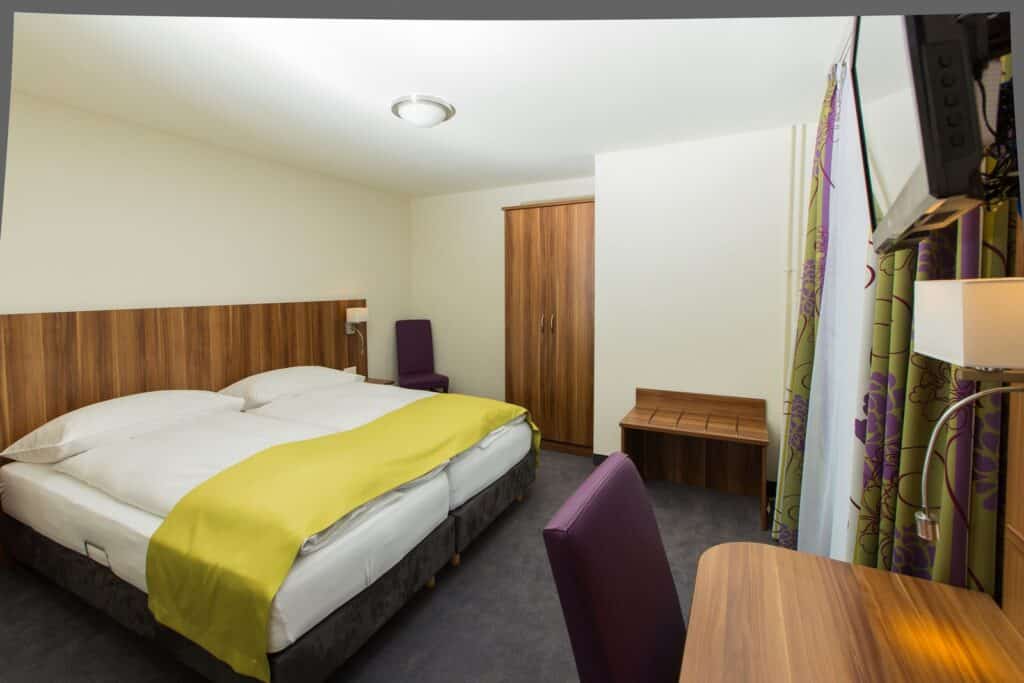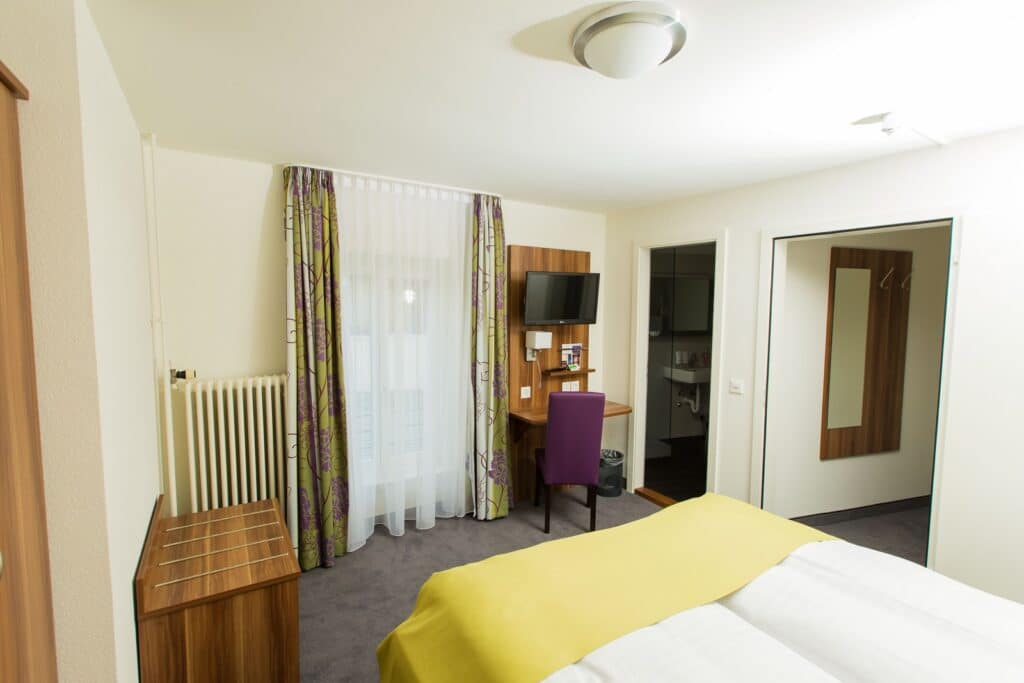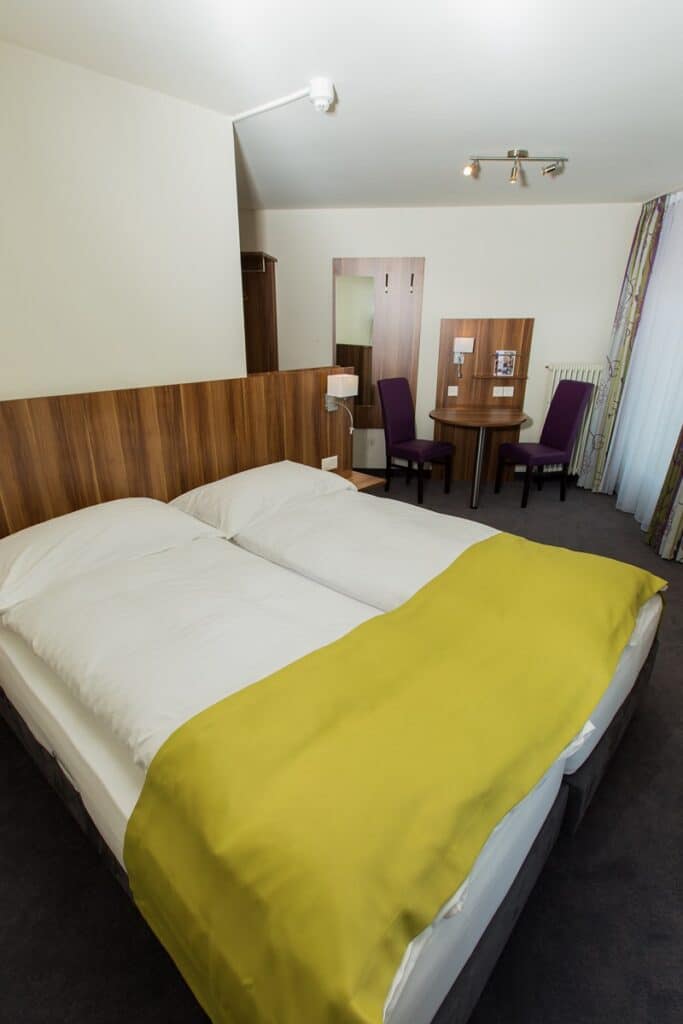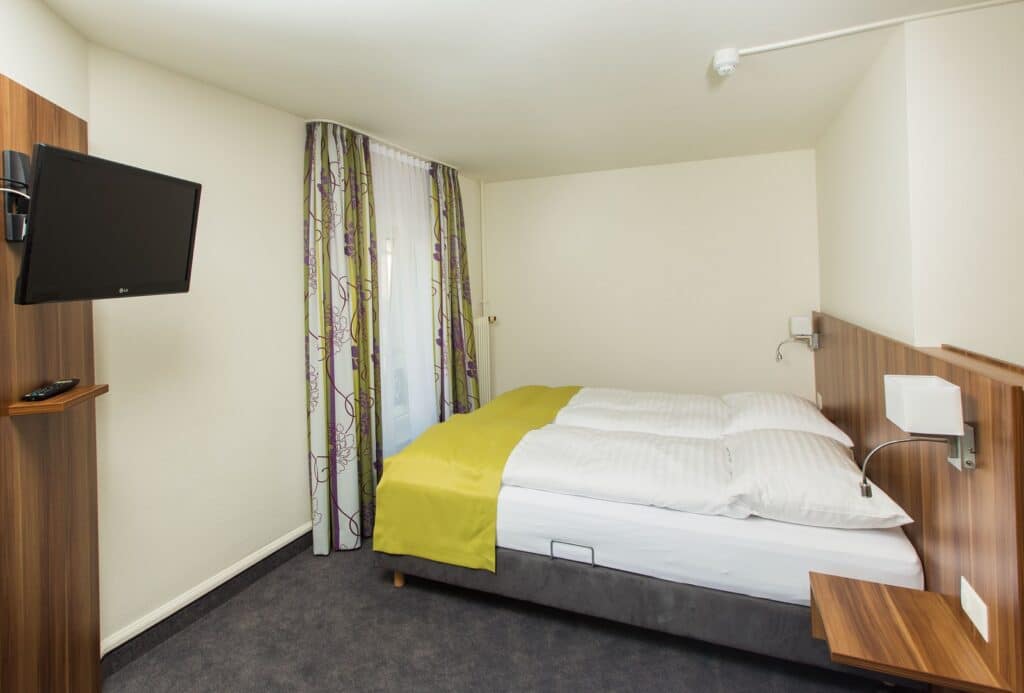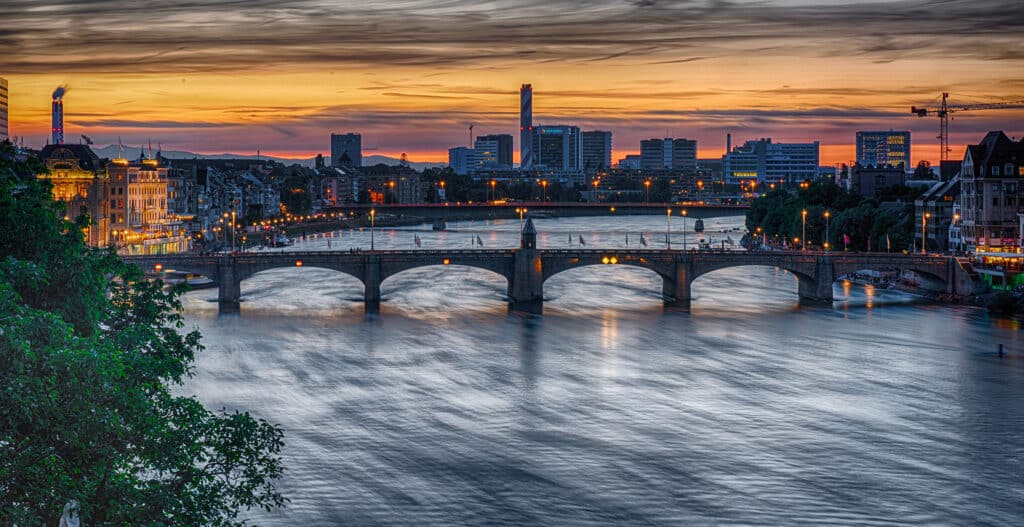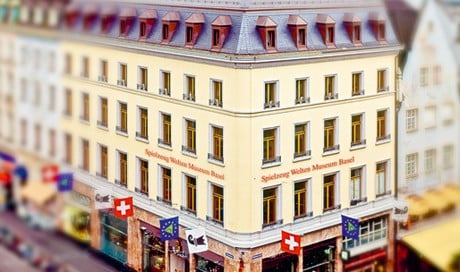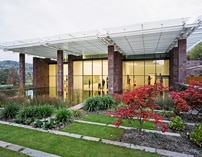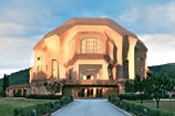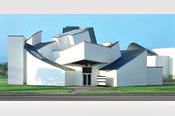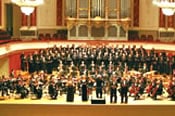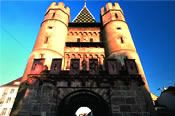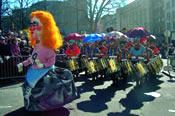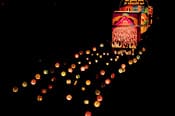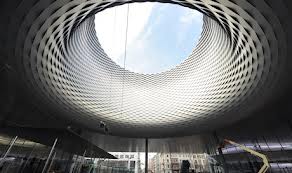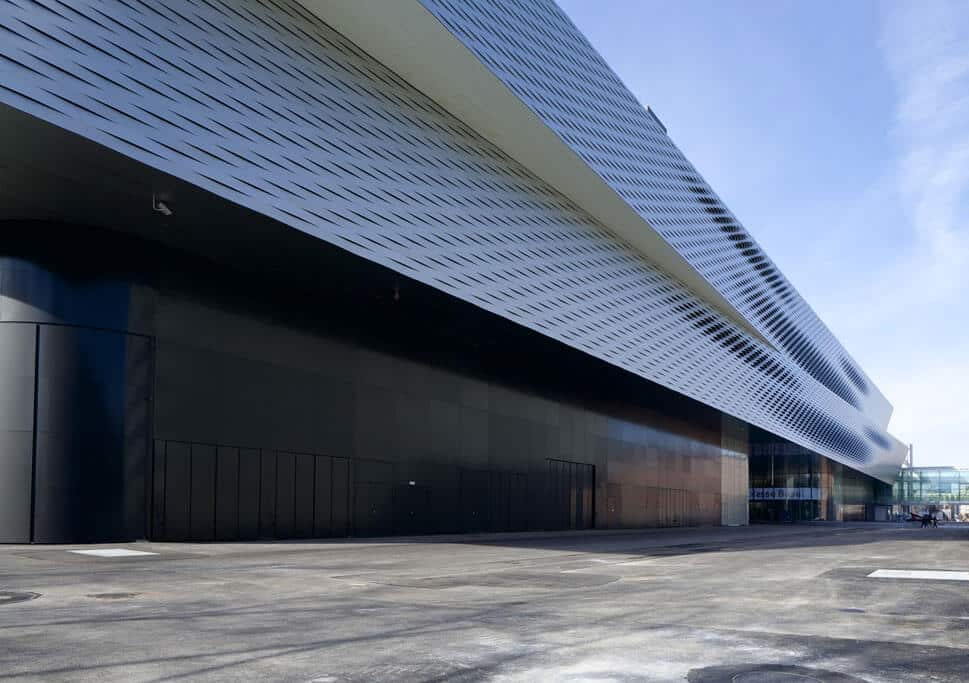Basel looks back on an eventful history: Celts, Romans, Alemanni. Bishop’s town, 1st Rhine bridge, trade. University, trade fair privilege, Reformation. Cantonal separation, growth and being spared the war are just a few of the keywords. (copyright : www.basel.com)
Celts, Romans, Alemanni
In 500 BC, the Celts settled on the Rhine bend. In 44 BC, the Romans built a fort in Augusta Raurica, 10 kilometres up the Rhine. After its destruction, the Alemanni settled in the region from 450 onwards. The place name Basilea dates back to 374 AD. first mentioned in a document. The settlement gains in importance and develops into a small town.
Episcopal city, cathedral building, first city wall, first bridge
Basel becomes an episcopal city in 740. The importance of the city continues to grow. Emperor Henry II began building the cathedral in 1019 (and was later named the city’s patron saint). The first city wall is built. The first bridge over the Rhine was built as early as 1225
Plague, earthquake, council, university, trade fair privilege
Basel experienced difficult times from 1348 onwards: The plague wiped out half the population, and in 1356 a massive earthquake destroyed large parts of the city. The city was rebuilt, and in 1392 the bishop acquired Kleinbasel on the other side of the Rhine. During the Council of Basel between 1431 and 1449, the city became the spiritual centre and hub of the Christian world. Pope Pius II founded the city’s first university north of the Alps in 1460. As a result, humanists such as Erasmus of Rotterdam move to Basel. Letterpress printing is introduced. In 1471, Emperor Frederick III granted the city the important trade fair privilege.
Accession to Switzerland, Reformation
In 1501, Basel joined the Swiss Confederation together with Schaffhausen. Construction of the town hall, today’s government and parliament building, begins. Basel is reformed in 1529 – partly by Oekolompad – and the bishop is forced to move out. The guilds take over the regime.
Commercial and industrial city
In 1560, Italian and French religious refugees gained a decisive influence on trade and the silk industry. The silk ribbon industry was established in 1670. From 1685, Protestants immigrated from all over Europe and brought new manufacturing techniques with them. In 1758, the trading company Johann Rudolf Geigy is founded; shortly afterwards, the first colours are produced.
Peace of Basel, Napoleon, separation of cantons
In 1795, the Peace of Basel put an end to the long war between France, Spain and Prussia. A short time later, Napoleon occupied Switzerland and created the Helvetic centralised state. However, 1803 saw a return to the old confederation. In 1833, the Basel countryside resisted the dominance of the city and constituted itself as a separate canton; Basel lost its hinterland and two thirds of its assets. Switzerland’s first railway runs in Basel in 1844. Basel is experiencing the most rapid growth in its history. The first museums are built on Augustinergasse in 1849.
Economic growth, sparing from war
During the Despite the occupation of the border during the First World War, Switzerland was spared military activity. During the World War 2 (1939-1945), the country is surrounded by fascism, but survives this period unchallenged. However, cross-border relations are weakening. Nevertheless, the world’s first binational airport, Basel-Mulhouse, was inaugurated in 1953. In 1993, the airport changed its name to EuroAirport Basel-Mulhouse-Freiburg i. Br. when Germany joined the organisation. The founding of the “Regio Basiliensis” in 1963 revitalised cross-border cooperation.
Latest time
In 1992, membership of the European Economic Area (EEA) is rejected at national level by the people and the cantons; however, Basel-Stadt votes in favour together with the French-speaking part of Switzerland. In the 1990s, Basel experienced a wave of mergers with two outstanding events: Novartis, one of the world’s largest pharmaceutical companies, was created from Sandoz and Ciba, and in the financial sector, UBS, one of the world’s largest banks, was born from Swiss Bank Corporation and Union Bank. Spin-offs are being promoted and biotechnology is finding its way into the region.
Name, coat of arms, base staff
The origin of the name Basel is disputed. Some linguists refer to the Greek language, in which “basileus” means king; others refer to the Celts, who repeatedly used the word stem Basil for place names and personal names. The first documented mention of Basilia, the town on the knee of the Rhine, dates back to 374.
Basel’s heraldic animal, the basilisk, a mythical creature made up of a cockerel and a dragon, is certainly younger and first appeared around the year 450. Finally, the Basel crosier has been used as a symbol of sovereignty by bishops since the year 1000. has found its final form. Like all croziers, it symbolises the staff of Moses.
 A. K.2 März 2024Amazing hotel at the price point. Great breakfast, clean and comfortable rooms, and good service.
A. K.2 März 2024Amazing hotel at the price point. Great breakfast, clean and comfortable rooms, and good service. Steph LerAdM5729 Februar 2024Un petit hôtel qui a tout son charme. Au centre de tout. Avec un personnel à l'écoute et un petit restaurant top. Un grand merci à Monsieur Luca pour son aide et soutien précieux. Je recommande vivement cet hôtel restaurant
Steph LerAdM5729 Februar 2024Un petit hôtel qui a tout son charme. Au centre de tout. Avec un personnel à l'écoute et un petit restaurant top. Un grand merci à Monsieur Luca pour son aide et soutien précieux. Je recommande vivement cet hôtel restaurant Patrik Scheidegger28 Februar 2024Eine gute Pizzeria im Kleinbasel. Die Pizzas werden im Holzofen gemacht. Die Bedienung ist freundlich und sehr speditiv. Dies auch an der Fasnacht.
Patrik Scheidegger28 Februar 2024Eine gute Pizzeria im Kleinbasel. Die Pizzas werden im Holzofen gemacht. Die Bedienung ist freundlich und sehr speditiv. Dies auch an der Fasnacht. Dan Soare11 Februar 2024Location is best for the low price. Works great for a short stay.
Dan Soare11 Februar 2024Location is best for the low price. Works great for a short stay. Cun Cam14 Dezember 2023レストランのみの利用です。 入口は質素ですが、可愛らしく、明るい内装。店員の方々も明るく親切でした。 ピザもありましたが、自分は子牛のシュニッツェル、フライドポテトと野菜がついて、チーズ風味のソースも肉に合いました。イタリアのワインと合う、美味しい食事でした。
Cun Cam14 Dezember 2023レストランのみの利用です。 入口は質素ですが、可愛らしく、明るい内装。店員の方々も明るく親切でした。 ピザもありましたが、自分は子牛のシュニッツェル、フライドポテトと野菜がついて、チーズ風味のソースも肉に合いました。イタリアのワインと合う、美味しい食事でした。 Markus Bader11 Dezember 2023Netes Restaurant am fusse der wettsteinbrücke gerne wieder
Markus Bader11 Dezember 2023Netes Restaurant am fusse der wettsteinbrücke gerne wieder
